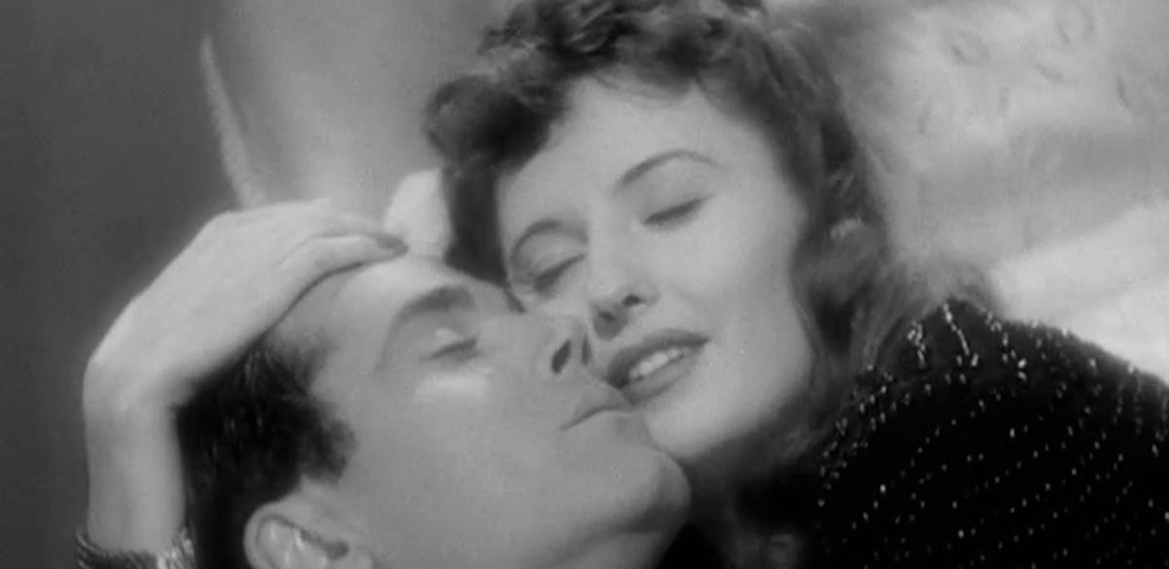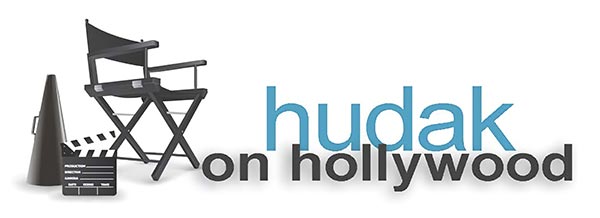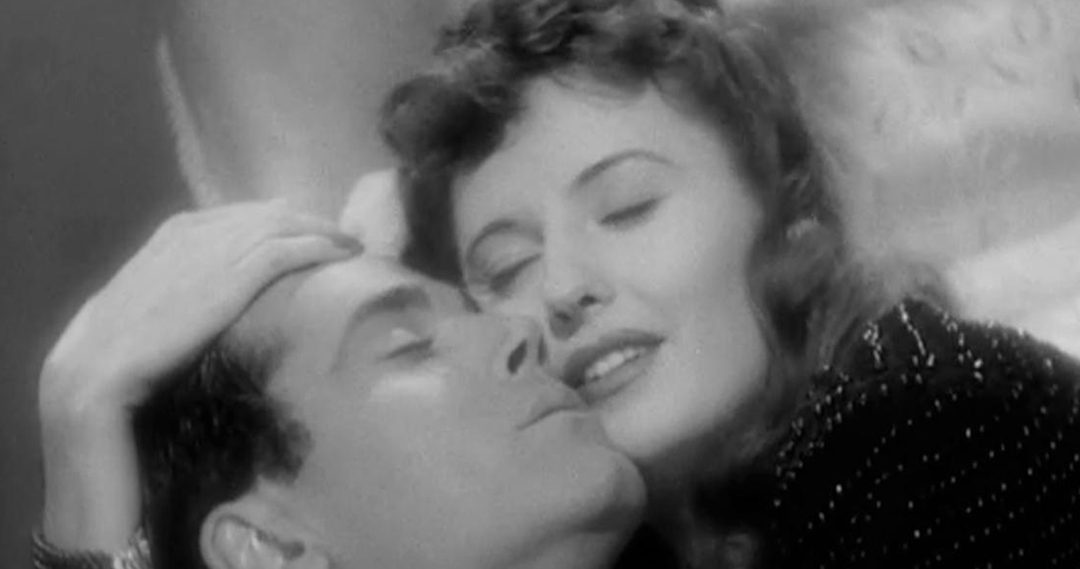“The Swing of Things” is also new to Blu-Ray this week.

The Lady Eve
Barbara Stanwyck is a charmer. With her petite frame and inviting smile, she has a sweet, endearing, approachable, girl next door quality that makes her extremely likeable—even if the character she is playing is a swindler, like in 1941’s “The Lady Eve.” Whether she’s alone with one man or in a room with a dozen, Stanwyck has the magical gift of making herself the irresistible center of attention.
It’s this quality about her that is exploited, in a good way, to its full potential in “The Lady Eve.” Stanwyck plays Jean, the honeypot member of a three-person grifter group also made up of her father “Colonel” Harrington (Charles Coburn), a man so dubious that even the movie’s own titles put the word “Colonel” in quotation marks, and another man named Gerald (Melville Cooper). They’re aboard a steamer ship from South America to New York, looking to con wealthy passengers out of their money. The ship even has a sign posted that warns passengers to watch out for people like them.
The three spot their mark when a last-minute addition to the passenger list comes aboard: An heir to a brewing empire and snake enthusiast named Charles Pike (Henry Fonda). The idea is to take him for as much as they can by cheating him at cards while on the journey. Jean does her part to ingratiate herself to him in a very funny scene. It starts with her providing a running commentary on all of the other women in the ship’s dining room who are trying to impress Charles, but failing. She knows she has to do better to get his attention, so she trips him as he walks by. Call it an anti-meet cute. It does the job and gets his attention though. The problems start when Jean actually does fall for Charles—and vice versa.
There are multiple lengthy dialogue scenes in “The Lady Eve” between Charles and Jean that play out mostly in one shot. For most of the scenes in the movie, directed Preston Sturges, a minimal amount of shots are used. However, it is the one-shot scenes—with only the occasional quick cut away—that are the most impactful. It’s a voyeuristic approach, as if we in the audience are secretly peering in on a couple having a private moment. Any movement might reveal that we are there. We must sit still, fixated on the action from one viewpoint, as we watch the interplay between the two characters. It helps that Sturges has a great eye for composition and gives us some memorably well-framed shots.
The standout scene shot this way when Jean goads Charles into chasing her to her room after supposedly being scared by a small snake he brought on board. Rather than a typically voyeuristic long shot, we get a tight close up of their two faces pressed against each other. Charles is noticeably nervous and feeling a bit in over his head. This is juxtaposed perfectly by Jean, who does most of the talking and is smooth and seductive. Stanwyck and Fonda play off of each other brilliantly in the scene. Stanwyck radiates with sensuality as she cradles Fonda’s head and speaks softly to him. The dialogue barely matters—it is more about the body language and the way things are said that makes the scene work so incredibly well. Even though Fonda has less lines in the scene, let us not forget that half of acting is reacting—and boy, does Fonda ever react.
Modern ears will no doubt pick up on the quick 1940s-style dialogue and outdated terminology in the movie. To me, this is to the movie’s advantage and makes it possibly even more charming and endearing than when it was first released and the words being used were more commonplace. The rhythm of the spoken language and the flow of the scenes are like a breath of fresh air that provide us with something different to the less creative, more utilitarian dialogue so pervasive in today’s movies. Buy it.
FUN FACT: At one point in the movie, Charles gets taken for $32,000. In 2020 dollars, that’s $558,136.60.
The Swing Of Things
Actual thought of mine while watching “The Swing of Things”: “I’m in hell. I’m in complete, total, and absolute hell.” Normally thoughts such as this are reserved for bad first dates or lengthy, boring meetings where people with nothing to say ramble on because they like hearing themselves talk. I’ve seen many, many a bad movie, but few so awful that they made me feel like I’m trapped in a torturous underworld from which there is no escape. But alas, this supposed “comedy” did just that.
Where to begin with listing this movie’s faults? The idiotic premise about a wedding at a swingers’ resort? The incredibly juvenile, stale, and unfunny “comedic” bits? The superficial sitcom characters”? The mind-numbing soundtrack full of the most god-awful, pre-packaged, autotuned, quantized, and click-tracked collection of sounds masquerading as “music” that has ever assaulted my ears? You know, it’s true what they say: Music was better when they let ugly people play it.
All of the above are solid reasons to hate this contrived waste of time disguised as a movie. The worst offense, however, is the involvement of Luke Wilson in this travesty. I like Luke Wilson, and I hate to see him in trash this putrid. I’m sure he took the role for a free trip to Jamaica, but come on Luke—was it worth it? The answer better be no.
Normally I would complain about the multitude of scenes that end abruptly. I’m not sure if it’s incompetent directing or incompetent editing that is to blame. However, with a movie this terrible, the sooner one scene ended so that I could grit my teeth and slog through the next one, the better. For the love of all things good, beautiful, and right in this world, Skip it.
“Day of the Warrior” and “Return to Savage Beach,” because there is nothing else coming out worth mentioning and Andy Sidaris movies are campy, turn your mind off, good trash kinds of fun.



